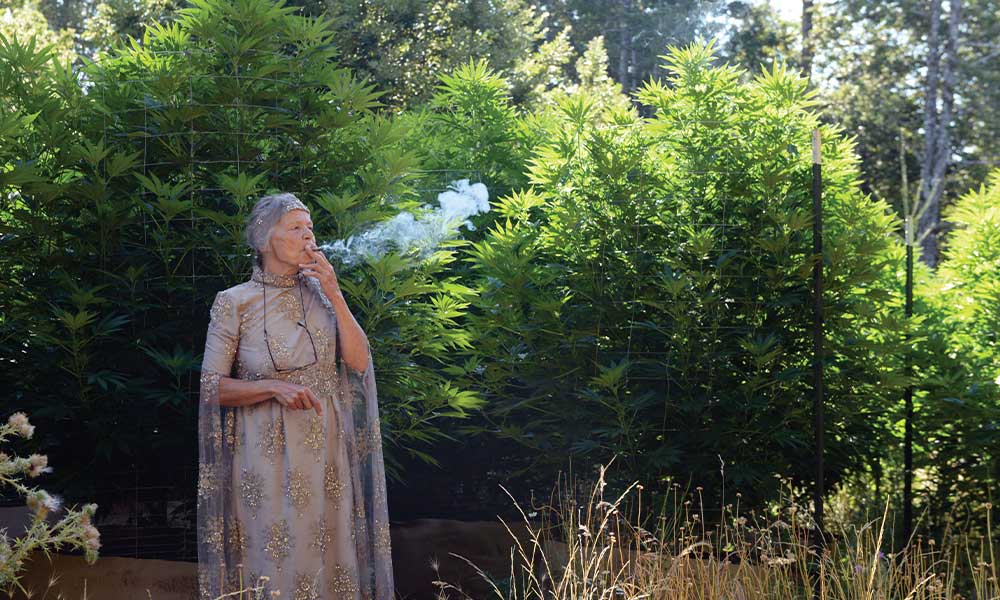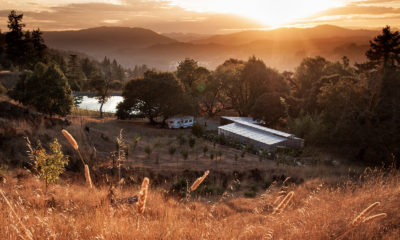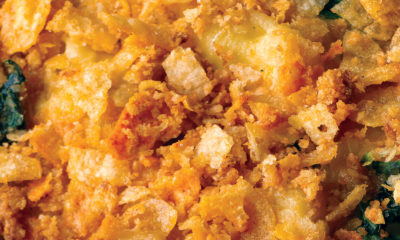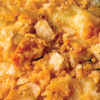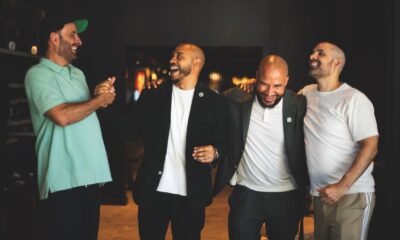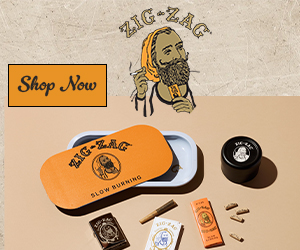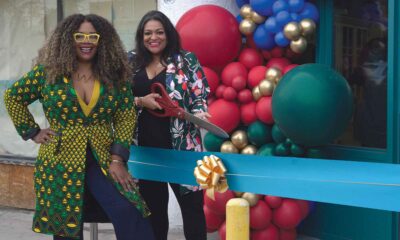Mila Jansen, Hash Queen
Inventor, entrepreneur, self-made, legend.
We love a rebellious woman in charge, especially when she exudes love for people, our planet and our favorite plant. Mila Jansen, Hash Queen, wasn’t crowned cannabis royalty at birth. She earned that name for herself through years of bold and dedicated work as a mother and entrepreneur—and one big idea that shaped the future of hash-making: the Pollinator.
The Pollinator was the first-ever mechanical way to separate trichomes from the rest of the plant matter, a necessary step in hash-making. “I tell you,” Jansen says, “the idea of the Pollinator came in a flash; the running of the business has taken a lot of my time ever since.”
Jansen, as her royal sobriquet would suggest, is all about hash. In the late ’80s, after learning about hash-making from her world travels, she moved to Amsterdam and started growing cannabis to support her four children as a single mother.
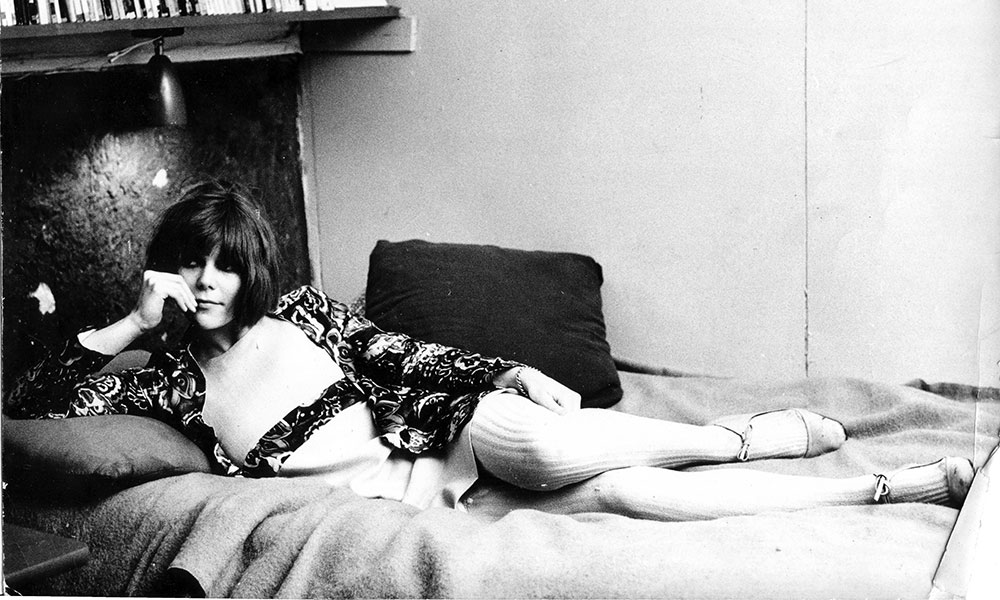
There were two problems with this: One, she knew growing weed was dangerous at that time and wondered what would happen to her children if she got busted. And two, sifting dried, crushed flowers over a screen took a long time to produce enough hashish even for one joint.
The realization first came in 1994 while Jansen was watching clothes spin in a dryer. “I noticed how the clothes tumbled in a similar way that I tumbled my dried flowers,” she says. “It took just one moment to put two-and-two together.”
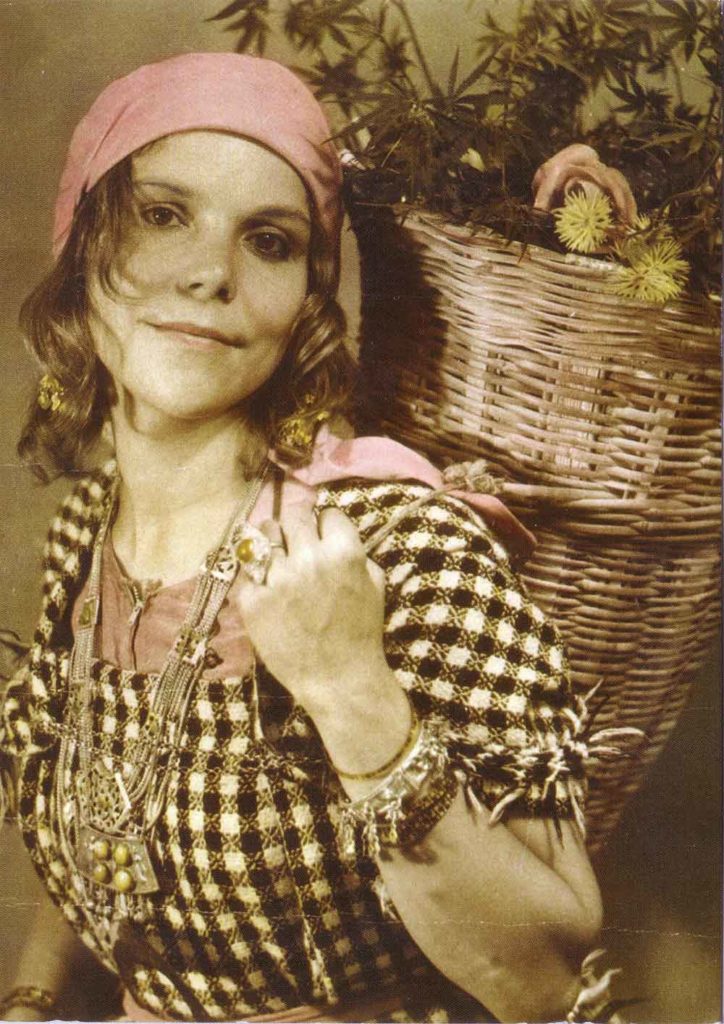
Not only had she created a unique and valuable invention in the Pollinator, but also a safer, legal business for supporting her family. But she didn’t stop there. Today, the Pollinator is sold globally, along with a few other products dreamed up by the Hash Queen: the Ice-O-Lator (a water ice trichome separation system) and the Bubbleator (the machine that quickens use of the Ice-O-Lator system).
In 2018, Jansen published Mila: How I Became the Hash Queen, an autobiography detailing her incredibly gripping story. From living in a home for single mothers to becoming a seamstress in the Dutch fashion scene, to sending hashish from India to Europe in hollowed-out books, Jansen was always making daring and innovative moves that ultimately led to her lasting legacy in the cannabis industry. “Anything you do for a number of years, you’ll most likely be an expert,” she says. “So, it better be something you love.”
I caught up with the Queen in a peaceful place in her busy life, sitting on her Amsterdam veranda, overlooking her small city garden of green shade plants, the roses smiling back at her. Jansen’s family has taken on much of the day-to-day business work. Her oldest son is the manager, and her daughter runs her popular @Milahashqueen Instagram account, which she says is the best way for people to keep up with her cannabis endeavors.
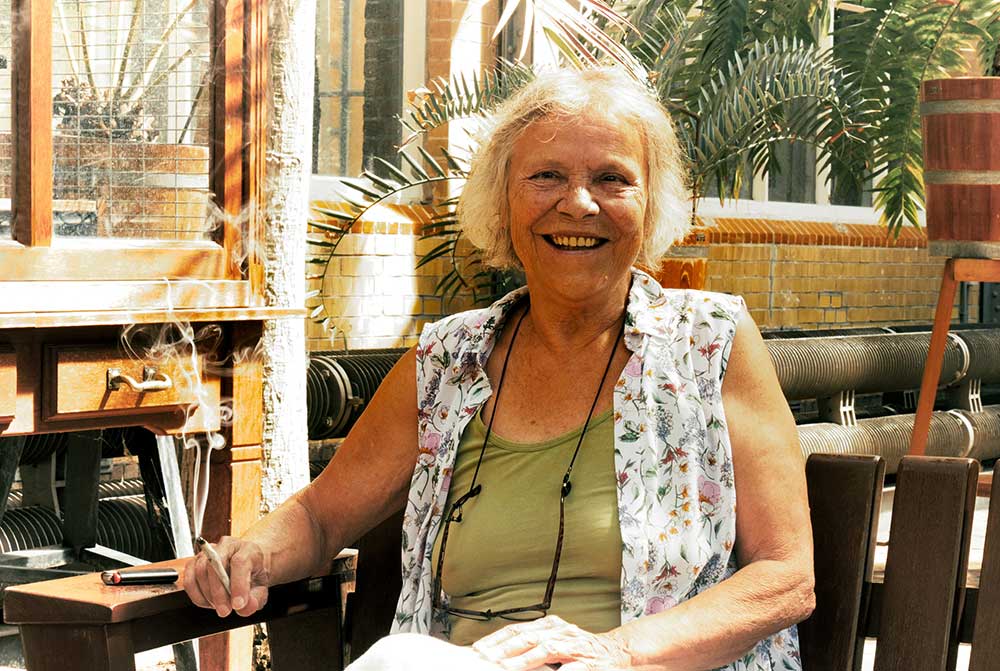
Her life speeds up for events such as Dab-A-Doo (a cannabinoid extraction competition she organizes at Cannabis Cup) and the occasional cannabis expo. In June, she traveled to Lisbon for the CannaPortugal Expo where she received the prestigious Global Award for Legalization.
The Queen and I end our conversation with her hope that people take care of our planet and live happy and healthy lives. Jansen says she dreams of designing a bungalow with a wood and hempcrete frame, the walls plastered with loam, in the middle of a garden full of fruit trees and organic vegetables—a haven for herself and the birds, insects, butterflies, frogs and other creatures around her. And she wants the world to move faster toward legalization. “I’ve been waiting for 58 years!” the Hash Queen says. “Slowly, it seems to be happening—just too slow.”
This story was originally published in the print edition of Cannabis Now.



